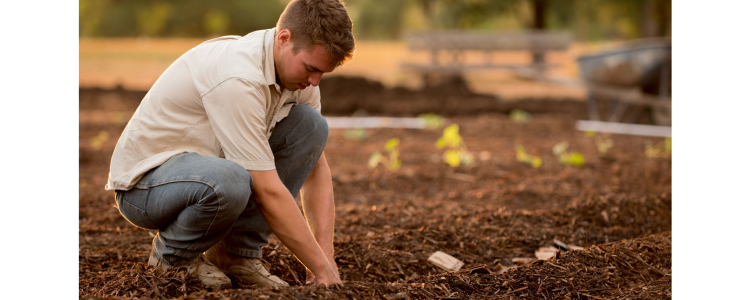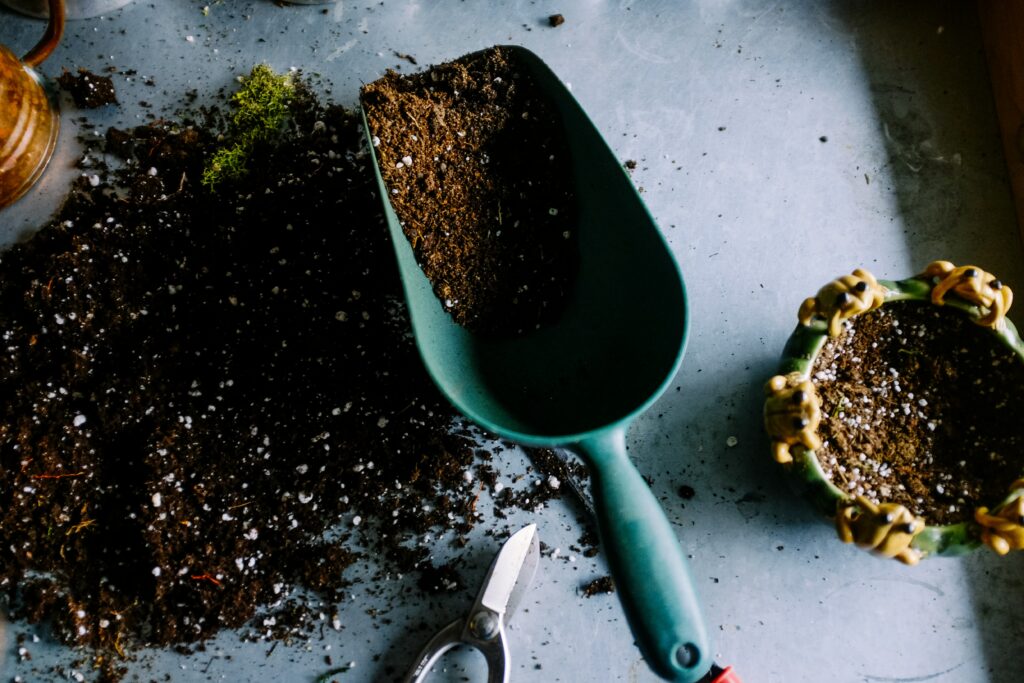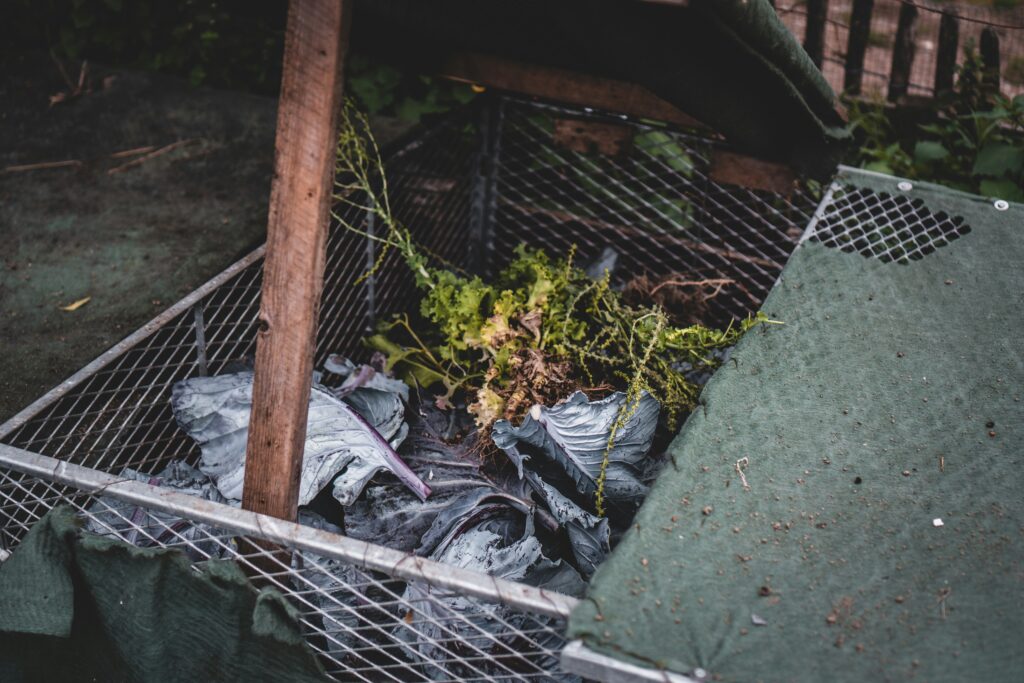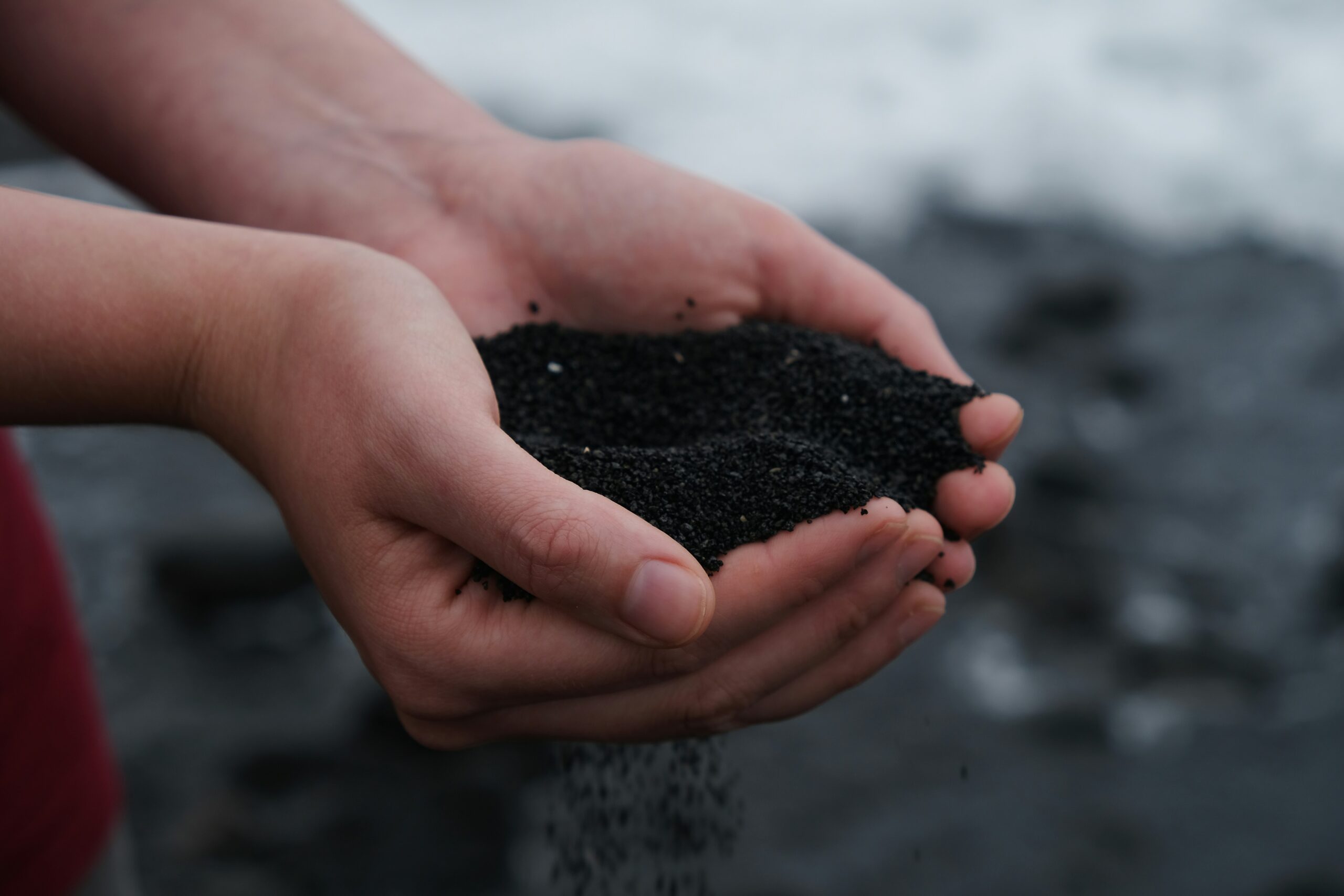Home Compostable vs. Commercial Compostable
Last Updated on September 19, 2024 by Kira Andrus

In today’s world, many businesses are looking for sustainable packaging options and the word “compostable” is a buzzword that holds immense promise. However, not all compostable materials are created equal. Today, we’d like to shed a little light on the differences between home compostable and commercial compostable packaging.
Defining Home Compostable and Commercial Compostable Materials:
Home Compostable
Home compostable packaging materials are designed to completely break down in a home composting system. They require less heat and microbial activity to decompose, making them suitable for backyard composting. Home composting materials are usually made from plant-based sources such as cornstarch or sugarcane.
Commercial Compostable
Commercial compostable packaging materials break down in industrial composting facilities where conditions such as temperature, moisture, and microbial activity are closely monitored and controlled. These materials usually need higher temperatures and specific conditions to break down. Commercial composting materials include a broader range of bioplastics and compostable polymers.

Key Differences:
1. Composting Conditions:
Home Compostable materials can break down in a wider range of environmental conditions such as lower temperatures and variable moisture levels, which can be accommodated in a backyard compost pile.
Commercial Compostable materials require higher temperatures and controlled conditions, which are usually found only in industrial composting facilities.
2. Time to Decompose:
Home Compostable materials generally decompose quicker than commercial compostable ones – typically within a few months to a year.
Commercial Compostable materials may take longer to break down – often requiring several months of even years to fully decompose.
3. Environmental Impact:
Home Compostable materials have a lower environmental impact since they break down more quickly and efficiently. This reduces the potential for waste in landfills.
Commercial Compostable materials are still a highly sustainable option but have a slightly higher environmental footprint because of their longer decomposition period.

ClearBags Sustainable Packaging
ClearBags has been working for the past couple decades to develop various different types of environmentally friendly packaging including both home compostable and commercial compostable options.
We know that commercial composting facilities re not yet readily available everywhere. Our home compostable products are made from NatureFlex™ cellulose material and are certified home compostable by the Biodegradable Products institute. They are ASTM 6400 and EN 134132 certified and food safe.
ClearBags commercial compostable packaging is made using plant-based materials that are capable of breaking down into natural elements within a commercial compost environment. We have been successfully selling certified compostable plastic packaging made from PLA (polylactic acid) materials for over 10 years. These commercial compostable products are ASTM D 6400 and E 13432 certified.
To learn more about ClearBags’ sustainability efforts, check out our website!

In the journey for eco-friendly packaging solutions, understanding the distinctions between home compostable and commercial compostable is important. Home compostable materials offer convenience and a shorter decomposition time, making them ideal for environmentally conscious consumers with easily accessible or personal composting systems. Commercial compostable materials also play a vital role in diverting waste from landfills, even though their decomposition process requires controlled industrial conditions. By choosing the right compostable option based on your circumstances, you can contribute to a sustainable, greener future.
